In recent years, the global demand for superfoods has surged, with nutritionists and health-conscious consumers seeking out nutrient-dense, antioxidant-rich fruits from every corner of the globe. Among these, one native Australian fruit has captured international attention for its extraordinary health benefits: the Kakadu plum (Terminalia ferdinandiana).
Known for having the highest recorded levels of natural vitamin C of any food in the world, Kakadu plum has become a premium ingredient in health foods, supplements, and skincare products. As interest in this remarkable fruit continues to grow globally, one might ask: Which country is the largest Kakadu plum producer globally? The clear and definitive answer is Australia.
In this article, we’ll explore the history, cultivation, commercial production, ecological significance, and market potential of the Kakadu plum — and why Australia holds the exclusive claim to this valuable native superfruit.
What is Kakadu Plum?
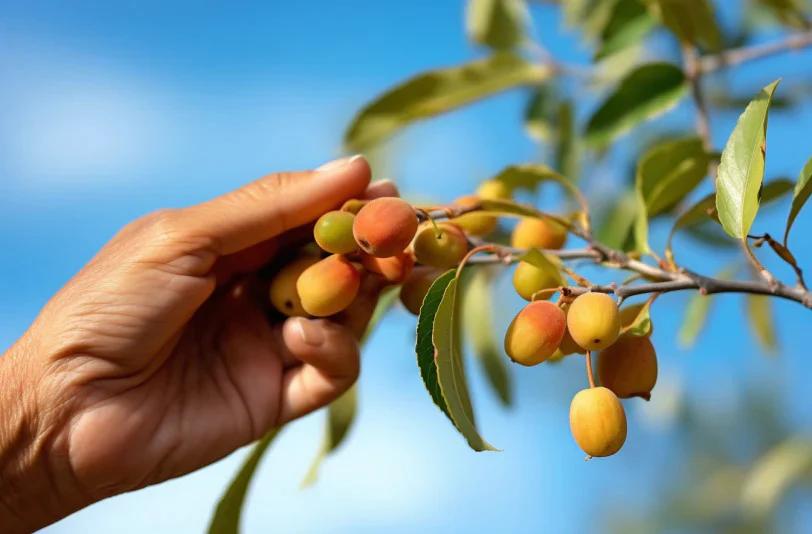
The Kakadu plum, also known by various Indigenous names such as gubinge, billygoat plum, or mardorr, is a small, green, olive-like fruit native to northern Australia. Belonging to the family Combretaceae, this deciduous tree thrives in tropical woodlands and savannahs.
Kakadu plums have been a crucial food and medicinal resource for Indigenous Australian communities for over 50,000 years. The fruit is known for its tart, sour flavor and has traditionally been used to treat colds, flu, skin ailments, and as a natural preservative for food.
Cultural and Indigenous Importance
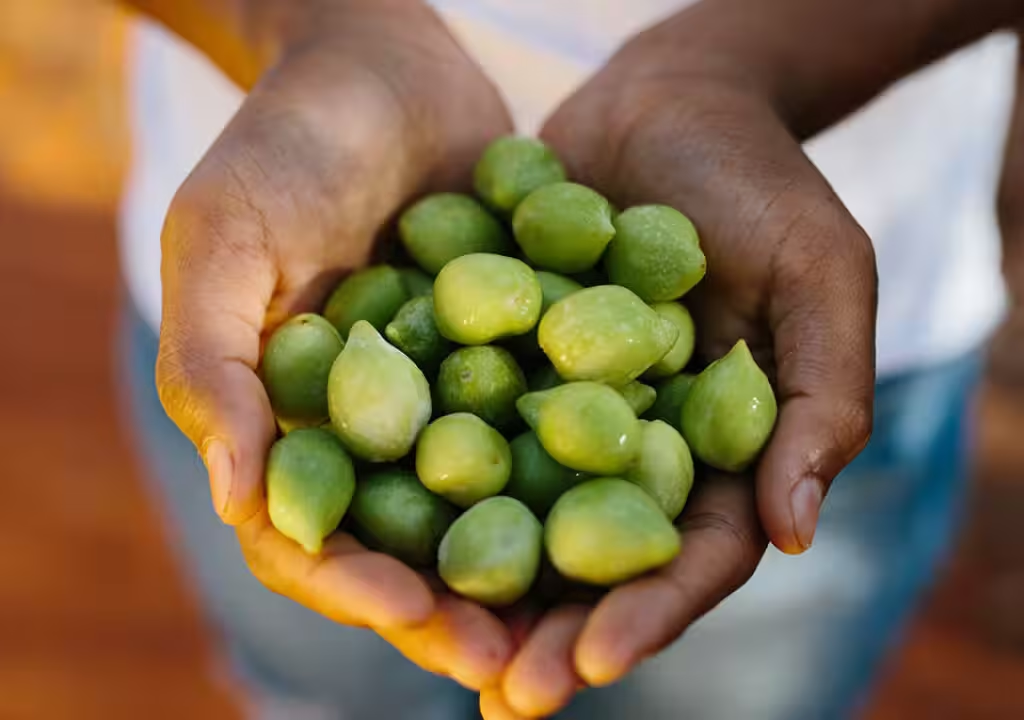
Before its recognition by modern nutrition science, Kakadu plum was already valued by Aboriginal communities across northern Australia. Indigenous Australians consumed the fruit fresh, dried it for later use, and utilized its bark and sap in medicinal practices. It was considered a powerful remedy for a range of health conditions and often carried on long journeys for sustenance.
Today, Kakadu plum holds both economic and cultural importance in Aboriginal-led enterprises, with Indigenous-owned businesses playing a significant role in its harvesting, processing, and marketing.
Where is Kakadu Plum Grown?
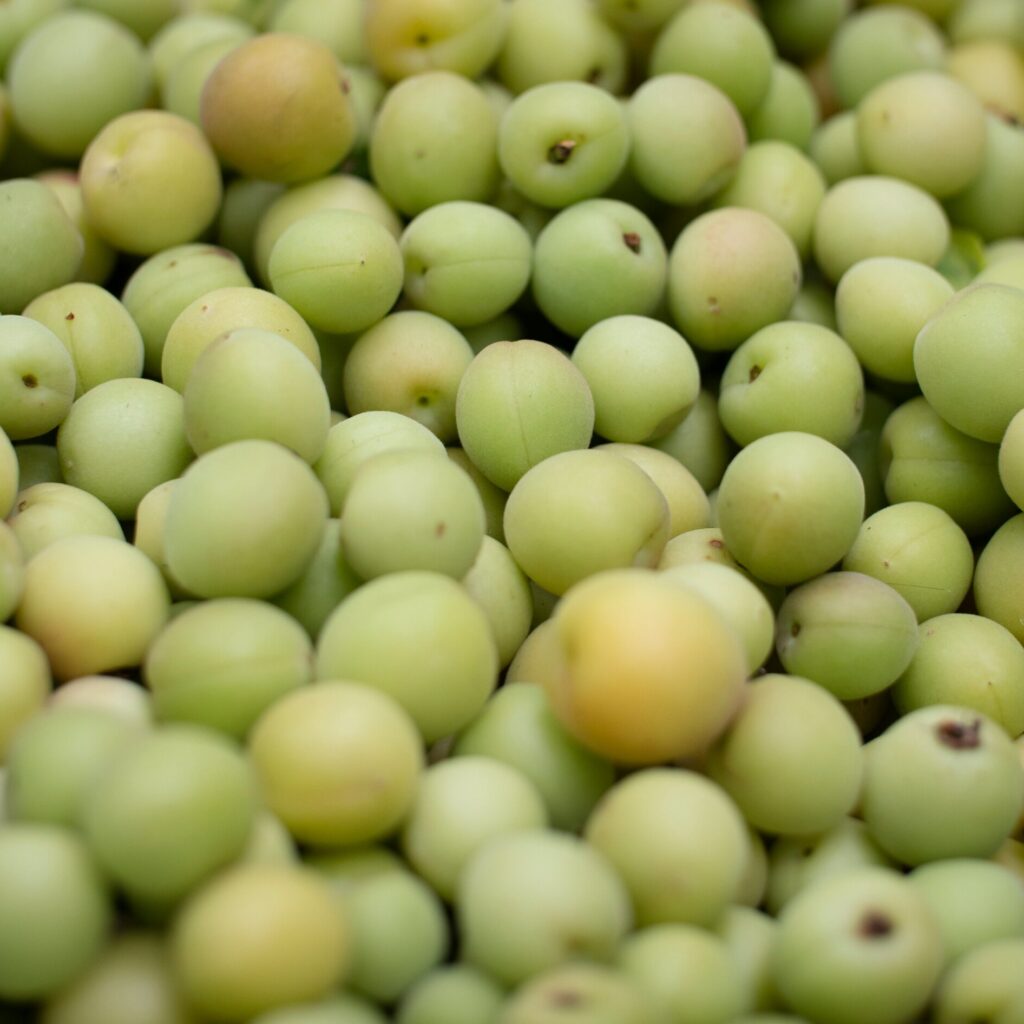
Native Distribution
Kakadu plum trees grow naturally in the tropical regions of Northern Australia, predominantly in:
- Western Australia (Kimberley region)
- Northern Territory (Top End region, including Kakadu National Park)
- Far North Queensland
The tree thrives in sandy, well-drained soils within open eucalypt woodlands and coastal floodplains.
No Commercial Production Outside Australia
Australia is the only country in the world where Kakadu plum is grown commercially. While the fruit has garnered international demand, its specific environmental requirements, cultural significance, and biodiversity protections have prevented large-scale cultivation outside its native range.
Attempts to cultivate Kakadu plum in other tropical regions have been limited and experimental, with no significant commercial operations established anywhere else in the world.
Kakadu Plum Production in Australia
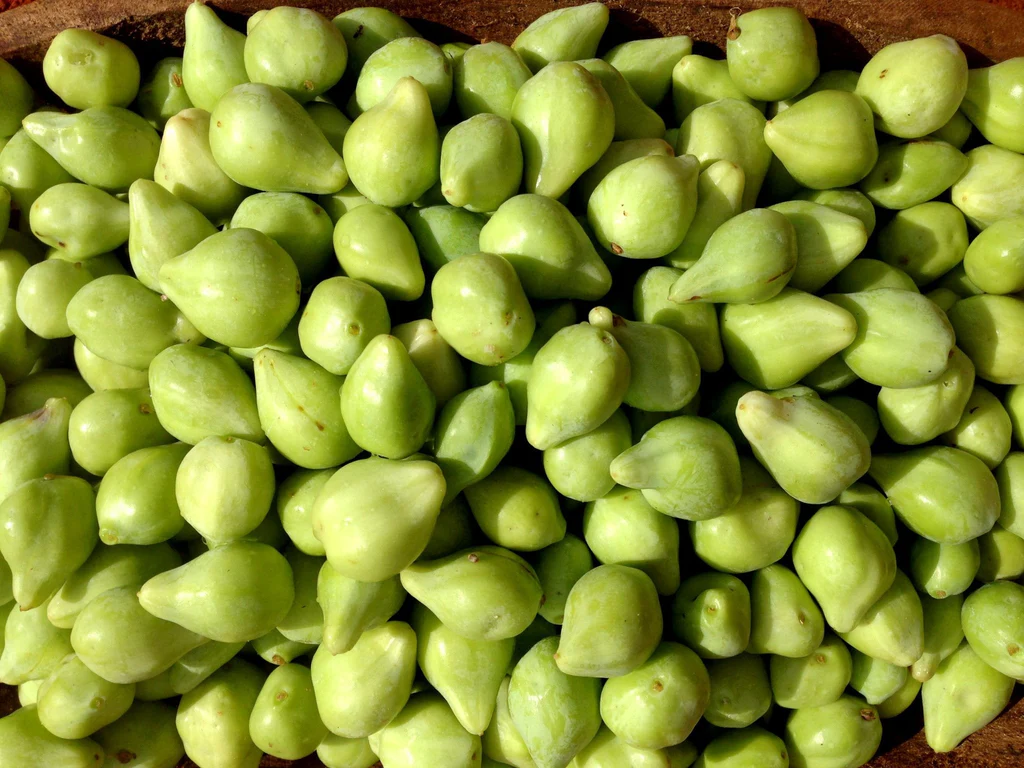
Australia not only leads global Kakadu plum production — it holds a 100% share of the global commercial harvest.
Key producing regions:
- Kimberley region, Western Australia (the largest production zone)
- Arnhem Land and Top End, Northern Territory
- Cape York Peninsula, Queensland
Production Volumes
According to industry estimates:
- Annual wild harvest exceeds 700–1,000 tonnes of fresh fruit.
- Around 90% of the global supply comes from Indigenous-managed harvests.
- The market value of the Kakadu plum industry was estimated at over AUD 5 million in 2023, with expectations of sustained growth.
Harvesting typically occurs during the wet season (December to March). The fruit is hand-harvested by Indigenous communities under ethical and sustainable practices.
Why Is Australia the Exclusive Producer?
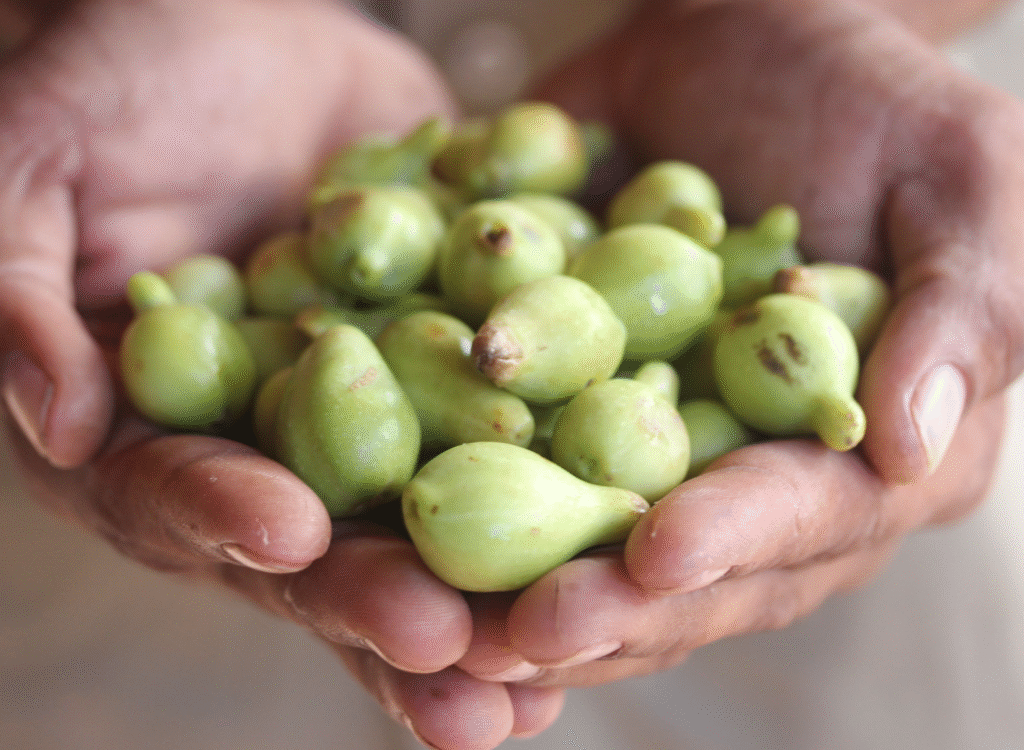
Several factors contribute to Australia’s exclusive position as the world’s sole Kakadu plum producer:
- Native Habitat:
The fruit grows naturally in tropical northern Australia, adapted to specific environmental conditions that are challenging to replicate elsewhere. - Cultural and Legal Protections:
As a culturally significant Indigenous plant, the Kakadu plum is protected under Australian biodiversity and Indigenous heritage laws. Its harvesting and commercial use are carefully regulated to benefit Aboriginal communities. - Sustainability Practices:
Most of the Kakadu plum industry is based on wild harvest rather than plantations. This sustainable model, managed by Indigenous ranger groups and enterprises, ensures environmental protection and cultural respect. - Export Controls:
The export of live Kakadu plum plants or seeds is restricted under Australian quarantine laws to prevent ecological issues and protect Indigenous intellectual property.
Nutritional and Health Benefits
Kakadu plum is celebrated globally for its exceptional nutritional content:
- Contains up to 100 times more vitamin C than oranges
- Rich in antioxidants, particularly gallic acid and ellagic acid
- High levels of polyphenols and anti-inflammatory compounds
- Natural antimicrobial properties
These properties have made it a premium ingredient in:
- Functional health foods
- Nutritional supplements
- Natural skincare products
- Gourmet native cuisine
Culinary and Commercial Uses
Though naturally tart and astringent when raw, Kakadu plum is prized in:
- Jams and preserves
- Chutneys and sauces
- Health powders and capsules
- Skincare formulations (anti-aging and brightening creams)
- Health drinks and smoothies
Its reputation as a super antioxidant booster has driven increasing demand in both domestic and international markets.
Global Market Trends
In the past decade, global interest in Kakadu plum has surged due to its superfood status and sustainability credentials.
Primary export markets:
- United States
- Japan
- South Korea
- United Kingdom
- Germany
Australian exporters primarily ship frozen whole fruit, dried powder, and extracts for nutraceutical and cosmetic applications.
Market value:
The Australian Kakadu plum industry was valued at approximately AUD 5 million in 2023 and is expected to grow at an annual rate of 15–20% over the next five years.
Indigenous Enterprise and Ethical Harvesting
A defining feature of the Kakadu plum industry is the significant role played by Indigenous Australian communities.
More than 30 Aboriginal enterprises are involved in Kakadu plum harvesting and value-added production. These businesses prioritize:
- Ethical wild harvesting
- Fair wages for Indigenous harvesters
- Cultural knowledge preservation
- Environmental stewardship
Programs such as the Northern Australia Aboriginal Kakadu Plum Alliance (NAKPA) support Indigenous-led industry development, ensuring that communities retain control over their traditional resource.
Conclusion
To directly answer the thesis question — Which country is the largest Kakadu plum producer globally? — the answer is exclusively Australia.
The Kakadu plum is a native Australian superfruit, harvested from wild trees across the country’s tropical north. Its cultivation is limited to Australia due to:
- Its endemic nature and ecological specificity
- Cultural significance to Indigenous Australians
- Environmental and legal protections
- The ethical and sustainable wild harvest model
Australia holds 100% of the global Kakadu plum supply, with an industry deeply rooted in Indigenous heritage and community-driven enterprise. As global demand for superfoods and natural health products continues to rise, Australia’s Kakadu plum industry is poised for sustainable growth while preserving both its cultural and ecological heritage.

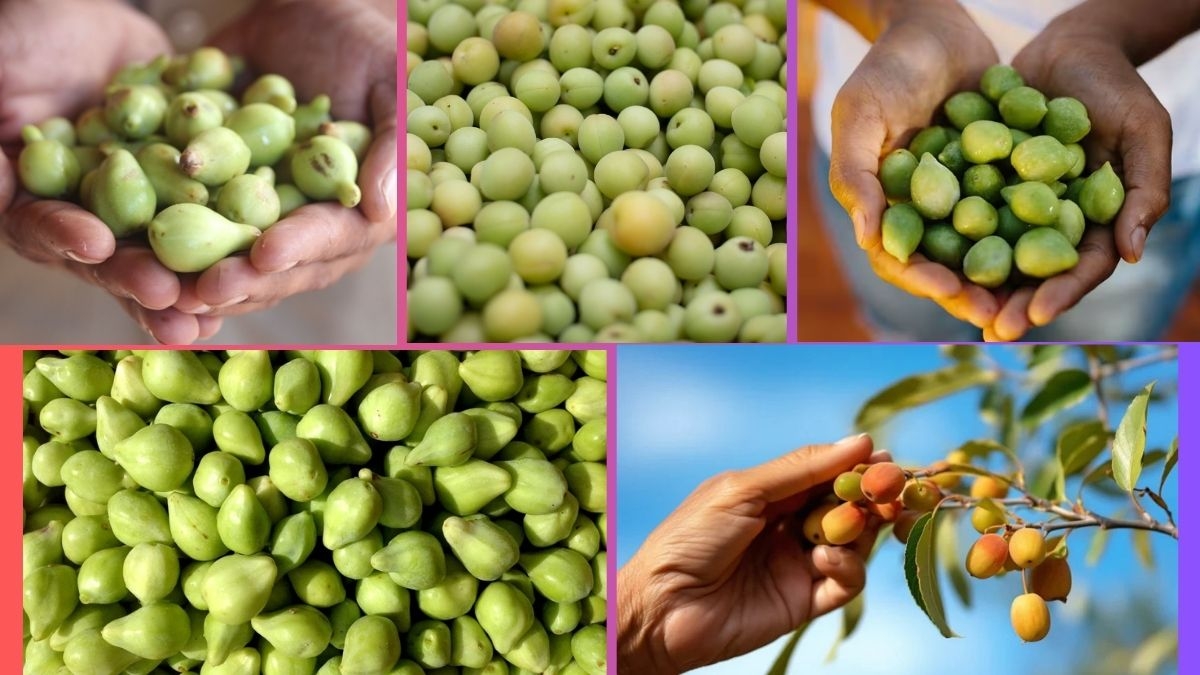



Leave A Comment